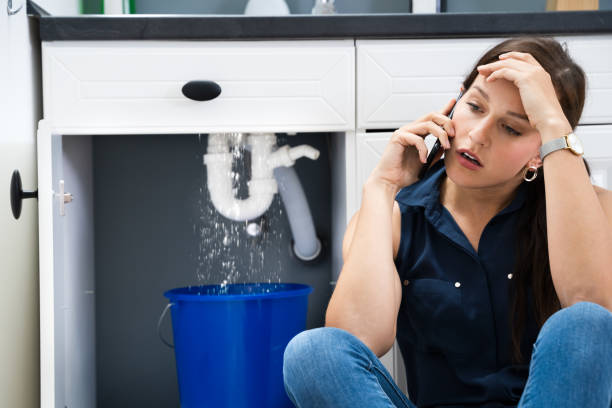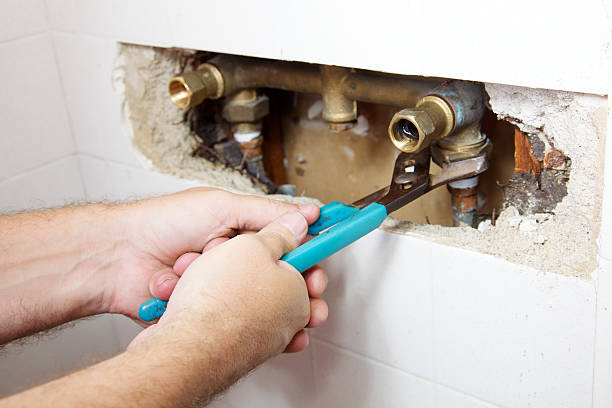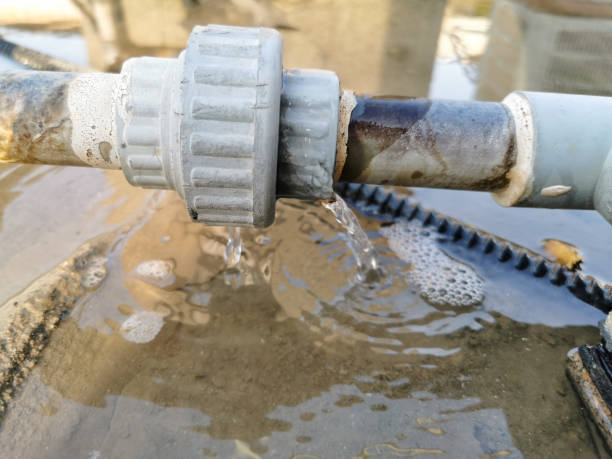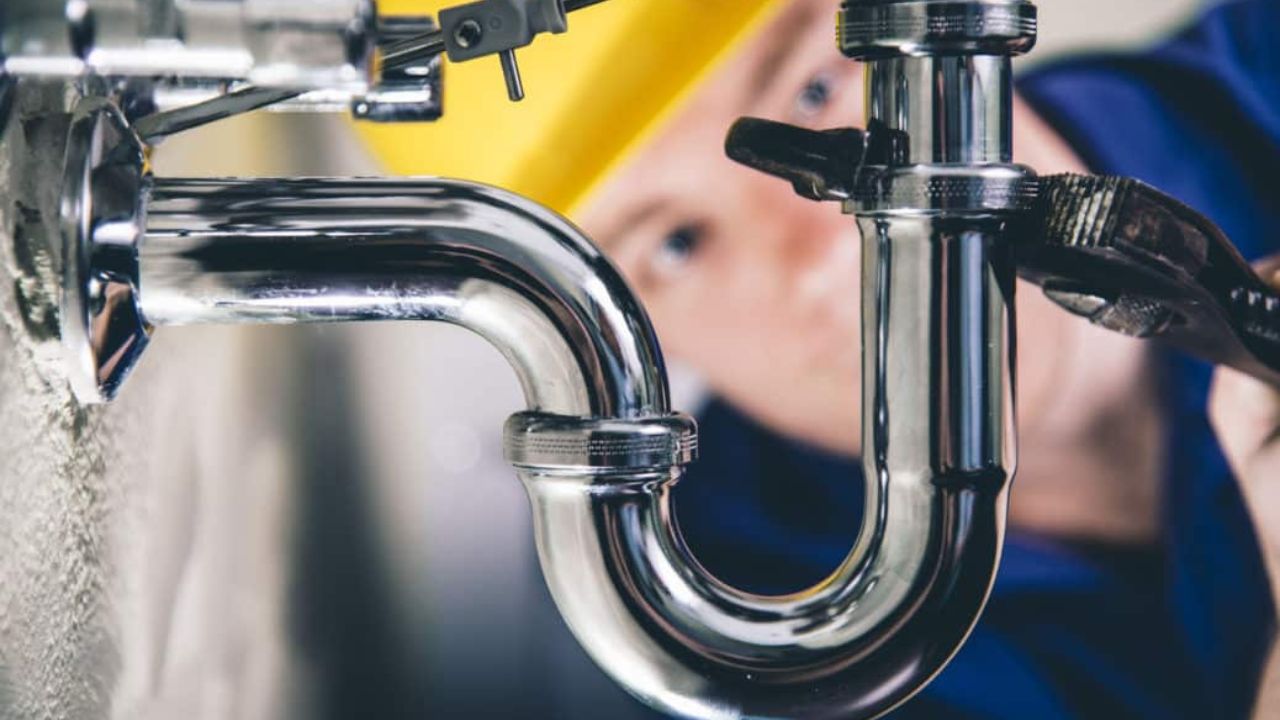A well-maintained plumbing system is essential for the smooth functioning of any home. Clogged drains, leaking faucets, and burst pipes can cause significant inconvenience and damage to your home. Regular plumbing maintenance and troubleshooting can help prevent these issues and keep your home’s pipes flowing smoothly. In this article, we will provide you with some valuable tips on how to maintain and troubleshoot your home’s plumbing system.
Preventative Maintenance
A. Inspect Pipes for Leaks
Regularly inspect your pipes for any signs of water damage or mold growth. Check for wet spots or stains on the ceiling, walls, and floors, which can indicate a leak. If you find any leaks, have them repaired promptly to avoid further damage.
B. Insulate Exposed Pipes
Insulate exposed pipes in unheated areas, such as the garage, basement, or crawlspace. This will help protect your pipes from freezing temperatures and prevent them from bursting. You can use foam pipe covers or wrap pipes with heat tape or thermostatically controlled heat cables.
C. Clean Drains Regularly
Use a drain snake to remove hair and debris that can cause clogs in the shower, sink, and toilet drains. You can also use baking soda and vinegar to clean drains naturally. Pour 1 cup of baking soda down the drain, followed by 1 cup of vinegar. Let it sit for a few hours, then rinse with hot water.

Troubleshooting Tips
A. Faucet Leaks
If you notice a leaky faucet, turn off the water supply and replace the O-ring or gasket. If the leak persists, you may need to replace the entire faucet.
B. Toilet Issues
If your toilet is running continuously, check the flapper valve for leaks. If the flapper valve is damaged, replace it with a new one. If the issue persists, check the fill valve and adjust or replace it as needed.
C. Clogged Drains
If you notice slow draining, use a drain snake or plunger to remove the clog. If the issue persists, use a chemical drain cleaner or call a professional plumber.
D. Frozen Pipes
If your pipes freeze, turn off the main water supply and let the frozen pipe thaw. You can use a hair dryer or towel soaked in hot water to speed up the process. Once the pipe has thawed, check for any leaks and have them repaired.
How to fix a water heater leak
If you have a water heater leak, it is important to fix it as soon as possible to prevent water damage to your home. There are a few different ways to fix a water heater leak, depending on the type of leak.
If the leak is coming from the tank, you may need to replace the tank. If the leak is coming from the pipes, you may be able to repair the pipe or replace it.

Here are some tips on how to fix a water heater leak:
- Turn off the water supply to the water heater. You can do this by turning off the valve at the water heater or by turning off the main water supply to your home.
- Drain the water heater. You can do this by opening the drain valve at the bottom of the water heater.
- Inspect the water heater for leaks. Look for any cracks or holes in the tank or pipes.
- If the leak is coming from the tank, you will need to replace the tank. You can buy a new water heater at your local home improvement store.
- If the leak is coming from the pipes, you may be able to repair the pipe or replace it. If you are not comfortable repairing the pipe yourself, you can call a plumber.
How to increase water pressure
If you have low water pressure in your home, there are a few things you can do to increase it.
First, check the water pressure regulator. The water pressure regulator is a valve that controls the amount of water pressure that enters your home. If the water pressure regulator is set too low, you will have low water pressure. To increase the water pressure, simply adjust the water pressure regulator.
If the water pressure regulator is set correctly, but you still have low water pressure, there may be a problem with your water pipes. If you have old or corroded water pipes, they may be restricting the flow of water. To increase water pressure, you may need to replace your water pipes.
How to fix a running toilet
If you have a running toilet, it is important to fix it as soon as possible to prevent water waste. There are a few different things that can cause a running toilet, such as a faulty flapper valve, a worn fill valve, or a problem with the float valve.
To fix a running toilet, you will need to identify the cause of the problem and replace the faulty part.

Here are some tips on how to fix a running toilet:
- Turn off the water supply to the toilet. You can do this by turning off the valve at the base of the toilet.
- Remove the tank lid.
- Inspect the flapper valve. The flapper valve is the valve that seals the opening between the tank and the bowl. If the flapper valve is worn or damaged, it will need to be replaced.
- Inspect the fill valve. The fill valve is the valve that controls the flow of water into the tank. If the fill valve is worn or damaged, it will need to be replaced.
- Inspect the float valve. The float valve is the valve that controls the water level in the tank. If the float valve is not working properly, it can cause the toilet to run.
If you are not comfortable fixing the toilet yourself, you can call a plumber.
Water heater problems
Here are some common water heater problems:
- The pilot light goes out. The pilot light is a small flame that keeps the water heater burning. If the pilot light goes out, the water heater will not turn on. To fix the problem, simply relight the pilot light.
- The water heater not heating water properly. If the water heater is not heating water properly, there may be a problem with the thermostat or the heating element. The thermostat controls the temperature of the water in the tank. The heating element is responsible for heating the water in the tank. If either of these parts are not working properly, the water heater will not heat water properly.
- The water heater leaking. A water heater leak can be caused by a number of things, such as a cracked tank, a worn seal, or a corroded pipe. If you have a water heater leak, it is important to fix it as soon as possible to prevent water damage to your home.



Leave a Reply